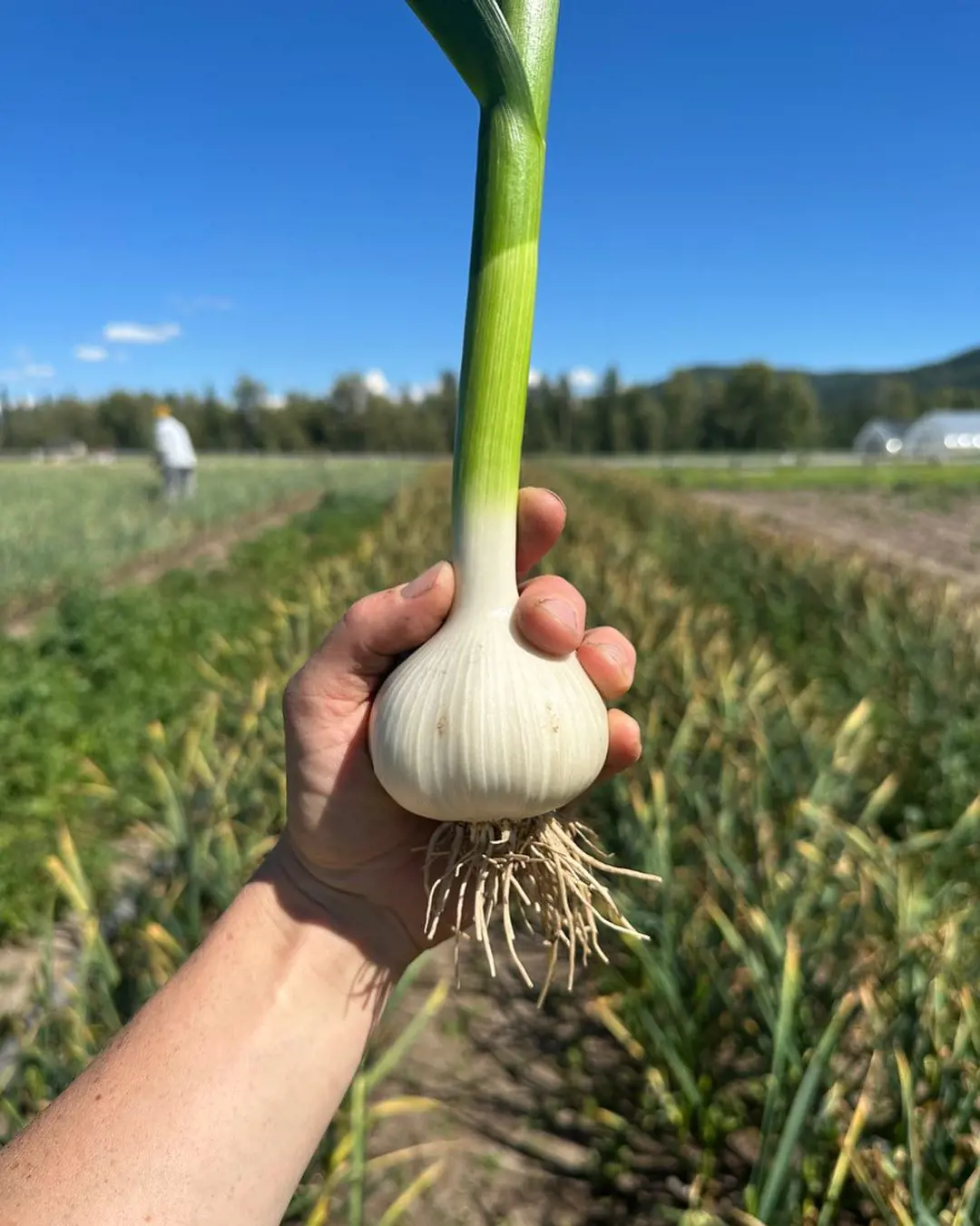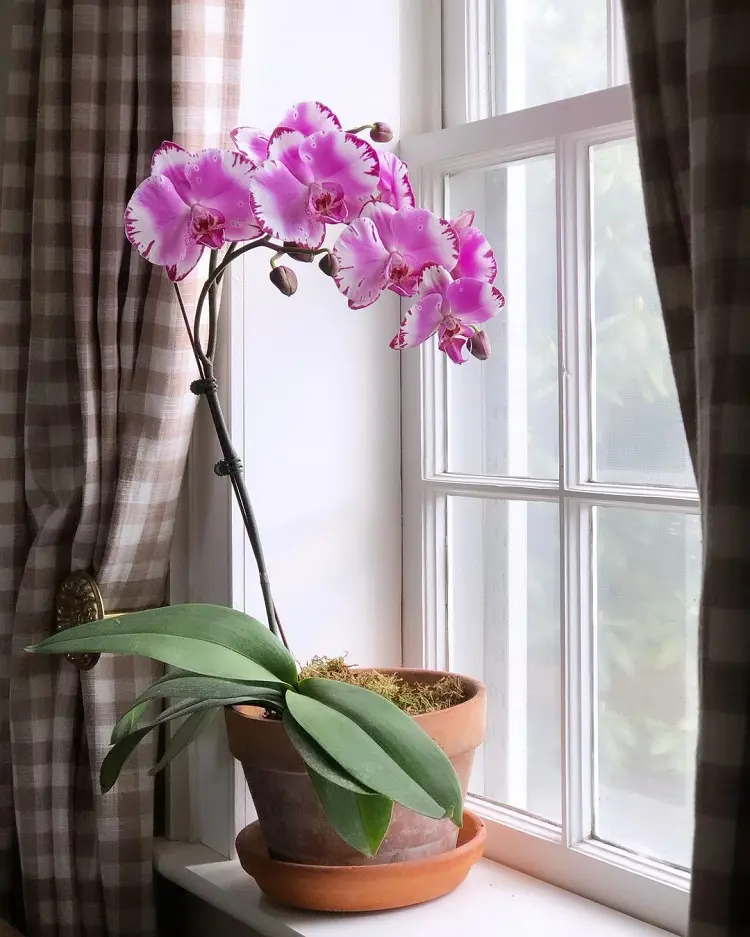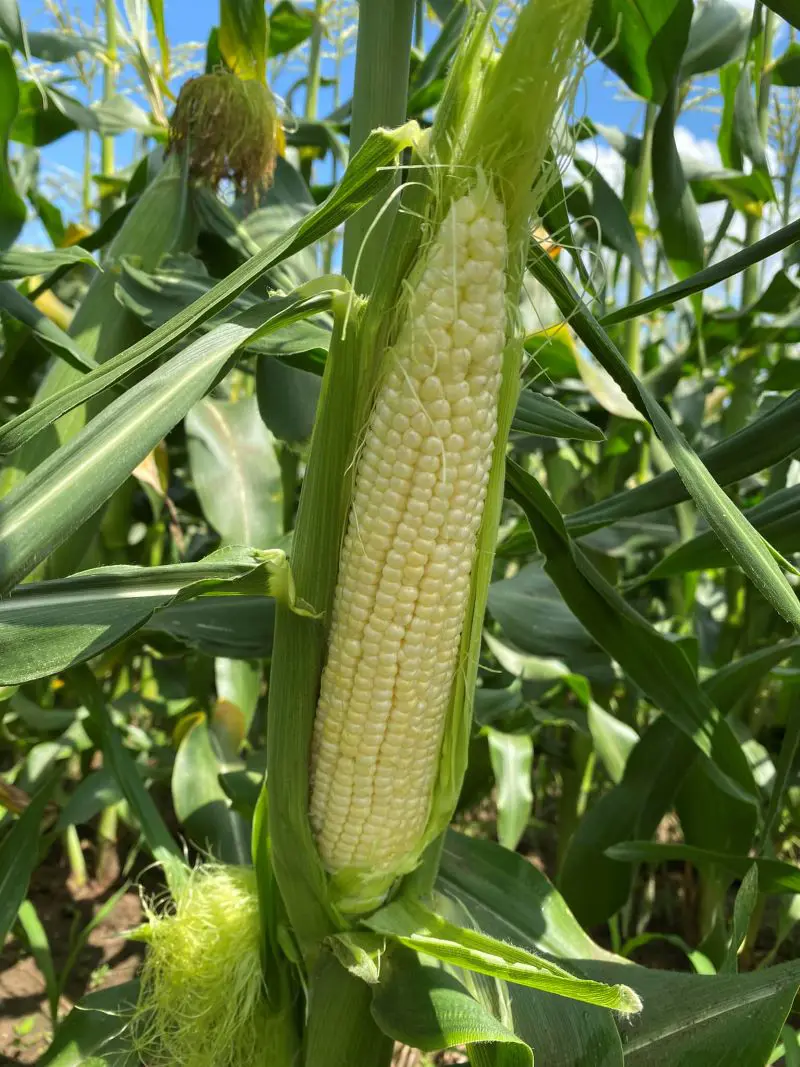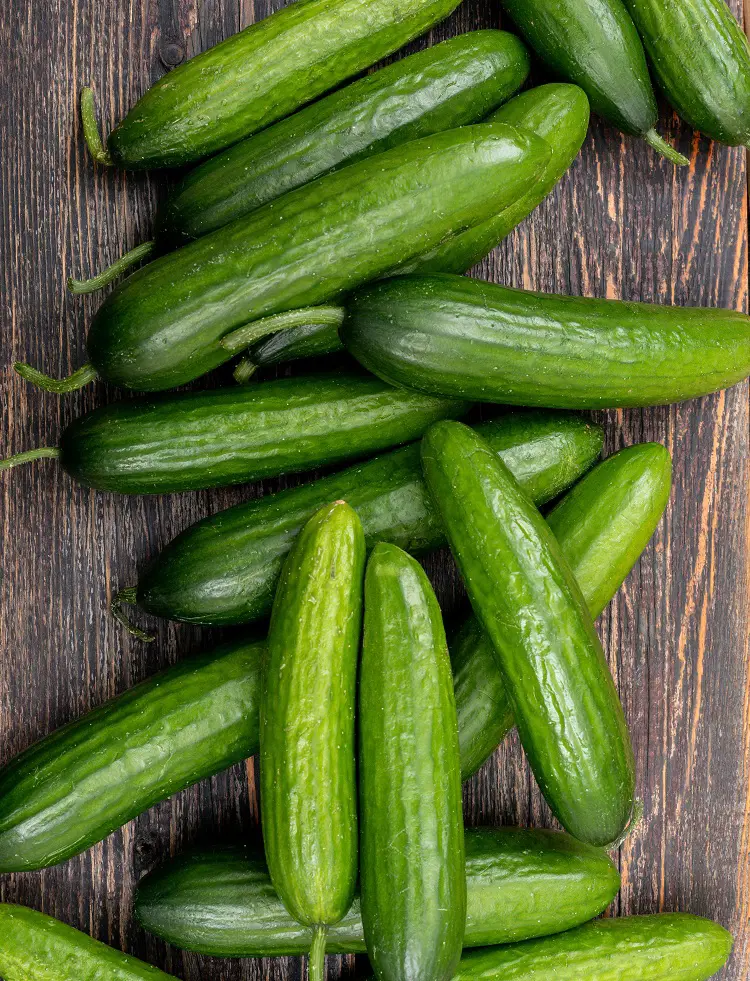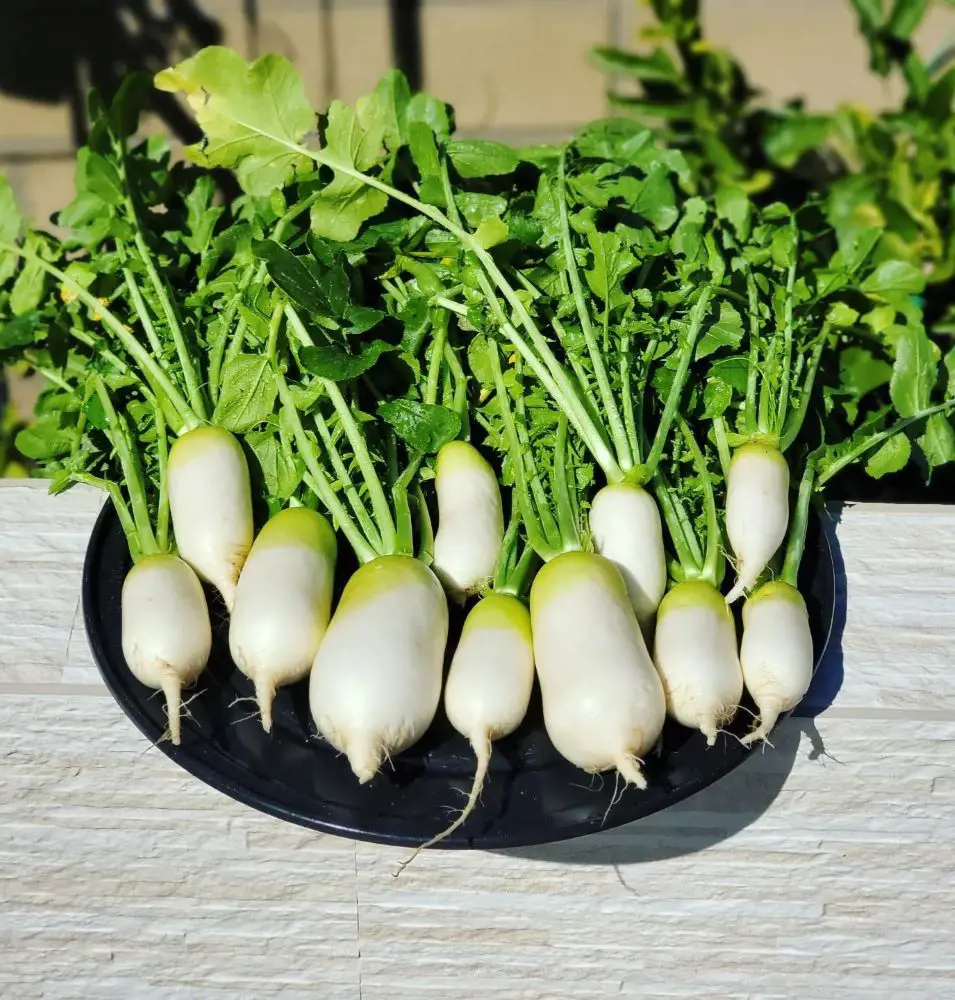How To Grow Peas With These Simple Steps
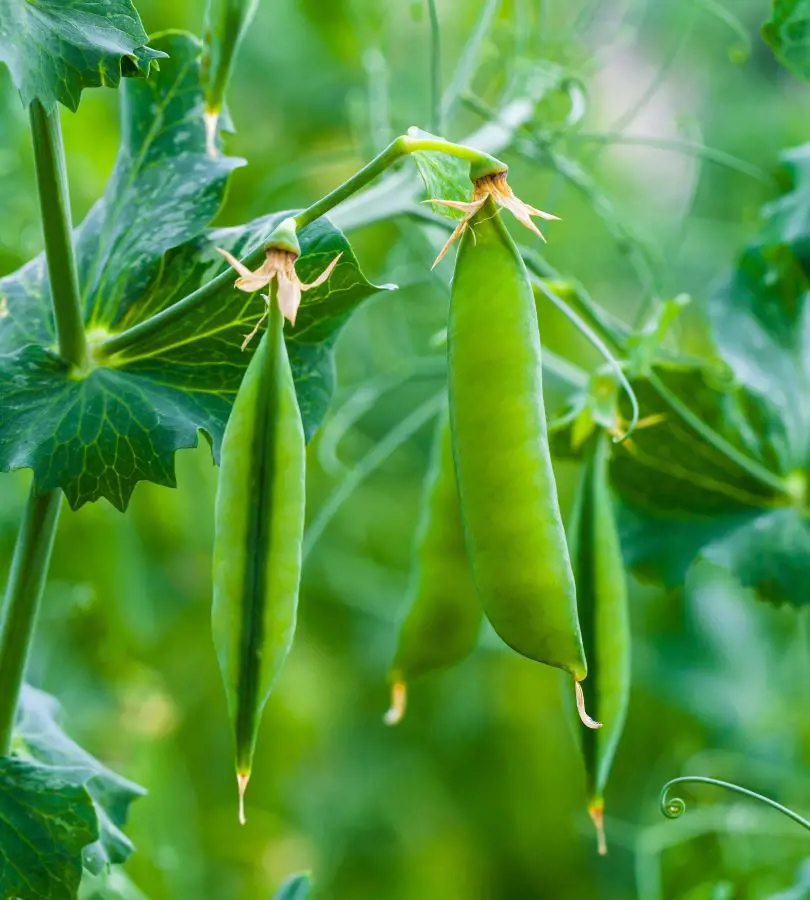
This post may contain affiliate links. If you make a purchase through links on our site, we may earn a commission.
Beginning a journey to plant a flourishing pea plant can be effortless and less time-consuming. When the days go by and the soil starts to turn dry, it is time to grow peas. The sweet taste of garden peas is incomparable with store-bought peas. Although they can be grown easily in the garden, their growing period is limited.
It is crucial to plant them in early spring so they can bear fruit while the weather is still chilling. Besides ideal preparation, companion plants also play a crucial role in enhancing growth, deterring pests, and optimizing garden space.
1. Choose the Right Variety
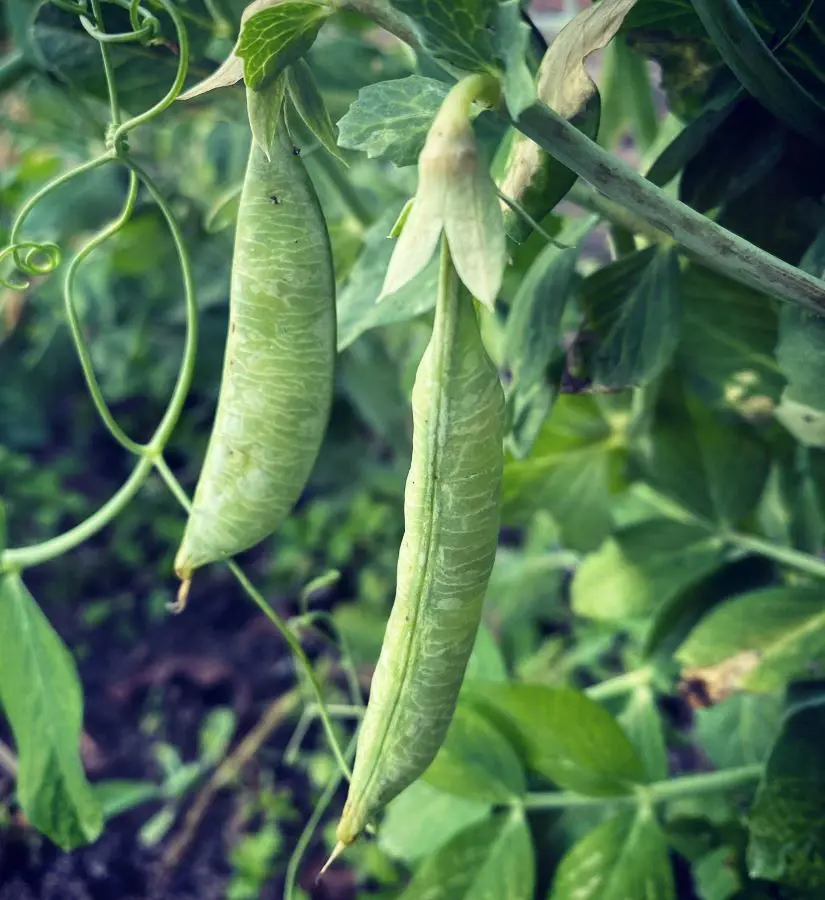
The first step to growing a thriving pea plant is to select the ideal pea varieties that thrive in your climate and preferred harvest time (early, mid, or late season). This is because different varieties have distinct needs and preferences. Picking the wrong one could result in stunted growth, poor yields, or even complete failure.
Therefore, selecting the right variety for a specific climate and planting time is essential. Doing so ensures the peas have the ideal conditions to flourish, leading to a bountiful harvest of juicy, delicious peas.
2. Prepare the Soil
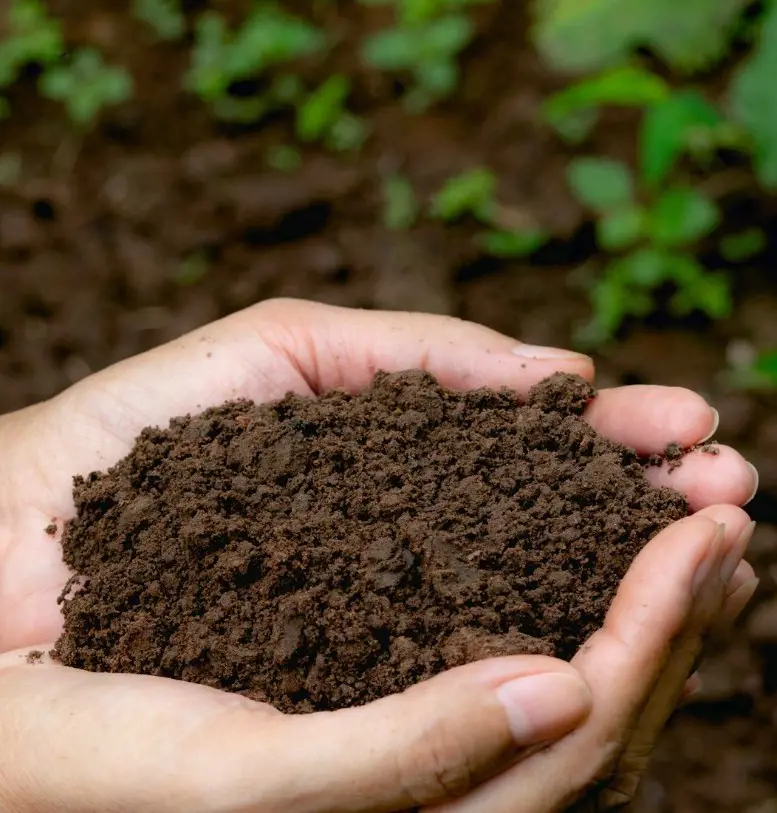
The second step involved in planning to grow peas is to prepare the soil thoroughly. Preparing the soil is a crucial step in growing peas because it provides them with the foundation they need to thrive. Choose a sunny location with well-draining soil. Amend the soil with compost or aged manure to add nutrients.
Preparing the soil with compost or aged manure adds essential nutrients like nitrogen, phosphorus, and potassium that peas need to develop strong roots, stems, and pods. One must also consider well-drained soil. Peas don't like to sit in soggy soil. Preparing the soil with organic matter like compost helps improve drainage, allowing excess water to drain away and preventing the roots from rotting.
3. Sow the Seeds

Sowing the seed is the third step in growing a pea plant. One must give full attention to the time and manner of sowing the seeds. Luckily, sowing pea seeds is not complicated. Follow these simple steps to sow effectively:
- Plant seeds 4-6 weeks before the last frost in a sunny location with well-drained soil.
- Create a shallow trench, 1-2 inches deep, and sprinkle in some granular organic fertilizer for a boost.
- Place the seeds 1-2 inches apart within the trench.
- Gently fill the trench with soil and water thoroughly to help them germinate.
With these simple steps, one can expect a thriving pea plantation. Remember to keep the soil moist and provide support for the climbing peas.
4. Water Daily

Regularly watering your pea plants is crucial for their growth and development because, just like us, peas need water to survive and thrive. Peas need consistent moisture to germinate and break through the soil surface. Watering regularly ensures the soil stays moist and provides the ideal environment for seeds to sprout.
Moreover, water helps develop strong, healthy roots that can anchor the plant and efficiently absorb nutrients from the soil. By regularly watering pea plants, they are provided with the lifeblood they need to flourish.
5. Give Support
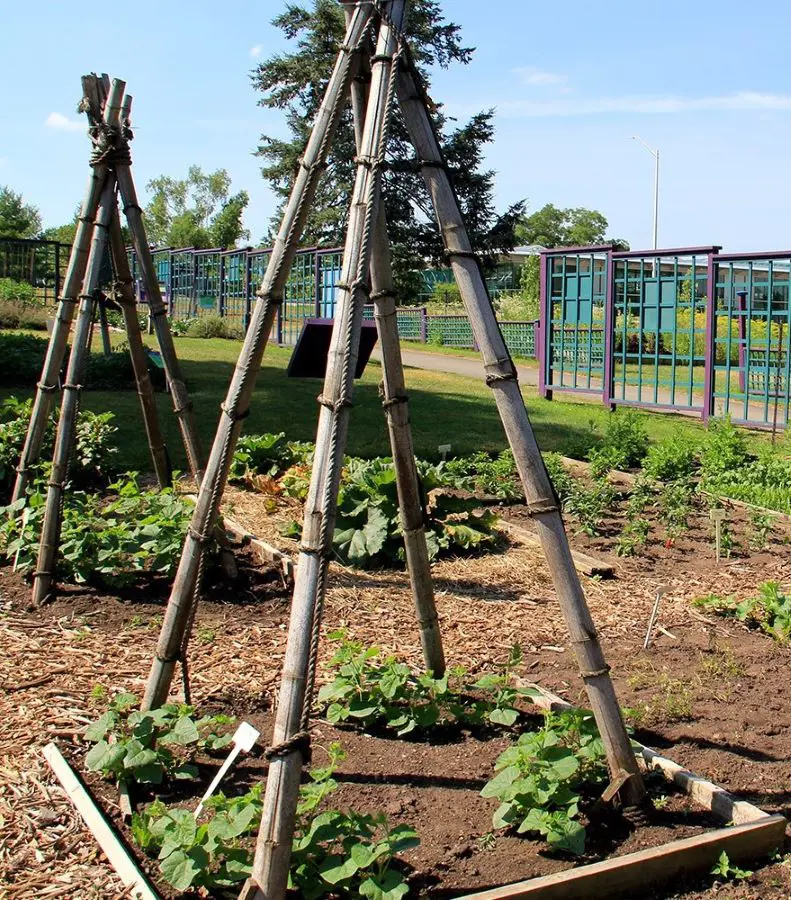
Peas are climbers, and they need support to climb and grow vertically. They need something to hold onto as they grow taller and heavier with pods. Without support, they can become tangled, fall over, and even break, leading to reduced yields and damaged plants. Here are a few ways to provide support for pea plants:
- Stakes: This method is simple and inexpensive.
- Brush piles: This natural option provides support and attracts beneficial insects.
- Trellis: This is a popular choice and can be made from wood, metal, or even string.
- Netting: This is a lightweight and flexible option that can be easily draped over your pea plants.
By providing support, pea plants are encouraged to grow upright, receive better sunlight, and produce more pods. This simple step can make a big difference in the health and productivity of the pea crop.
6. Pinch off flowers
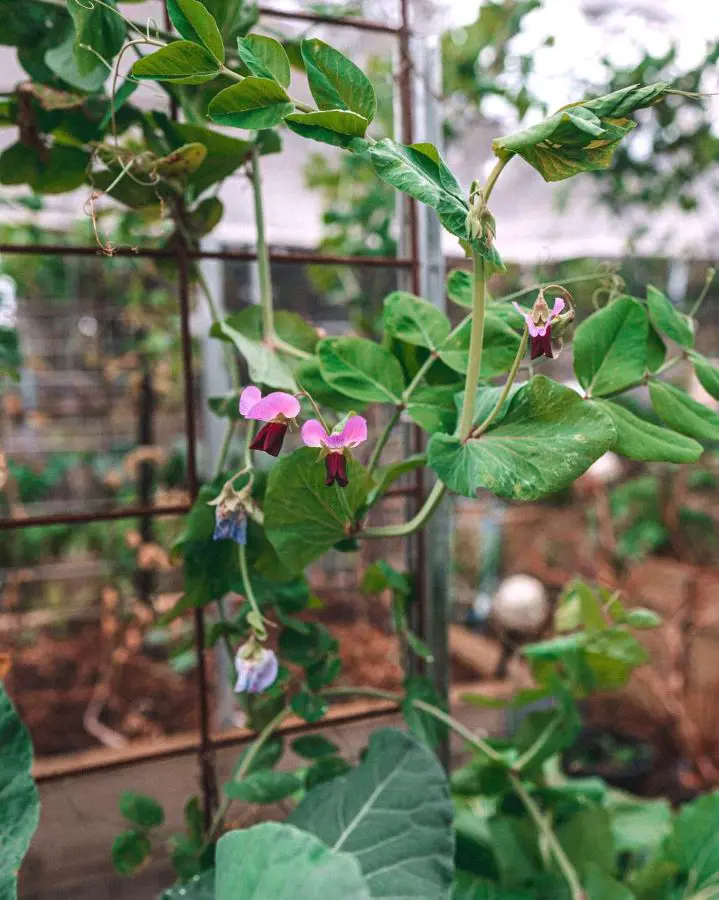
Pinching off flowers is one of the steps to ensuring effective pea growth. This refers to the process of removing the first few flowers that appear on your pea plants. It might seem counterintuitive, but pinching off flowers has several benefits:
- By encouraging bushier growth, there will be more flowering nodes and pods later in the season, leading to a higher overall yield.
- Instead of putting energy into producing flowers and pods, the plant will focus on growing more stems and leaves, creating a bushier and fuller plant.
- When the plant isn't focusing on flowering early on, it can direct more energy towards developing strong roots, making it more resilient and healthy.
However, it's important to note that pinching off flowers is only necessary for early pea varieties. Mid-season and late-season varieties don't require this step as they have a longer growing period and naturally develop a bushier structure.
7. Mulch for Growth
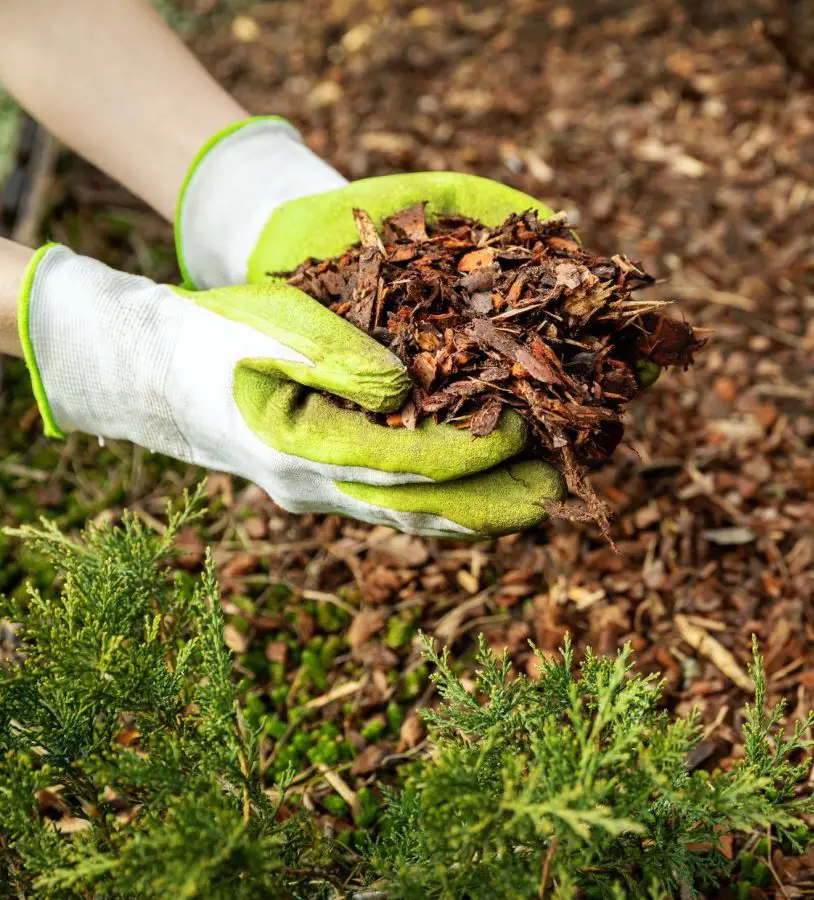
Mulch is a layer of material, including dead plant material such as compost, leaves, bark, or grass clippings. Adding mulch around the growing pea plants is like giving them a cozy blanket. It offers a range of benefits that contribute to their health and productivity:
- Mulch acts like a sponge, soaking up water and slowly releasing it back into the soil, ensuring consistent moisture for the peas, even during dry spells.
- Mulch forms a barrier on the soil surface, making it difficult for weed seeds to germinate and compete with the pea plants for resources.
- Mulch helps insulate the soil, keeping it cooler in hot weather and warmer in colder temperatures, providing a more stable environment for root growth and overall plant health.
By taking the simple step of applying mulch, one can create a more favorable environment for pea plants, resulting in healthier growth and higher yields.
8. Harvest Frequently
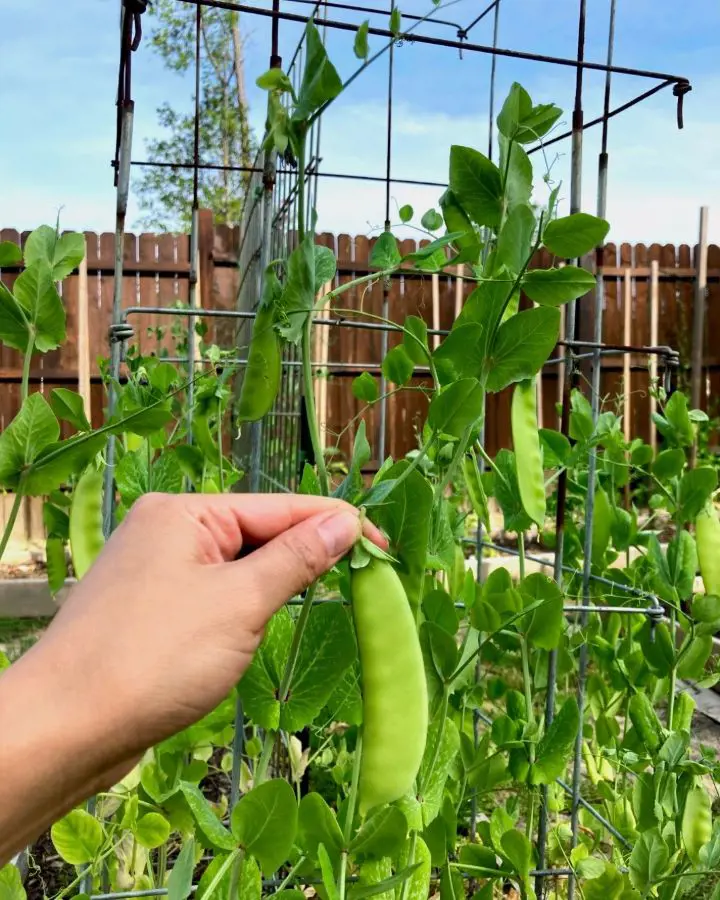
After following all the above steps, it is also important to harvest the fruit regularly. Peas are at their peak flavor and tenderness when picked at the right time. Leaving them on the vine for too long can result in tough pods and starchy, bland peas.
Regular harvesting stimulates the plants to produce more flowers and pods, extending the harvest season. When it is not harvested on time, mature pods can dry out and split open, causing the peas to fall to the ground and be lost. Also, by clearing spent pods, you create space for new flowers and pods to develop, leading to a more prolific harvest.
9. Cook or Store Them
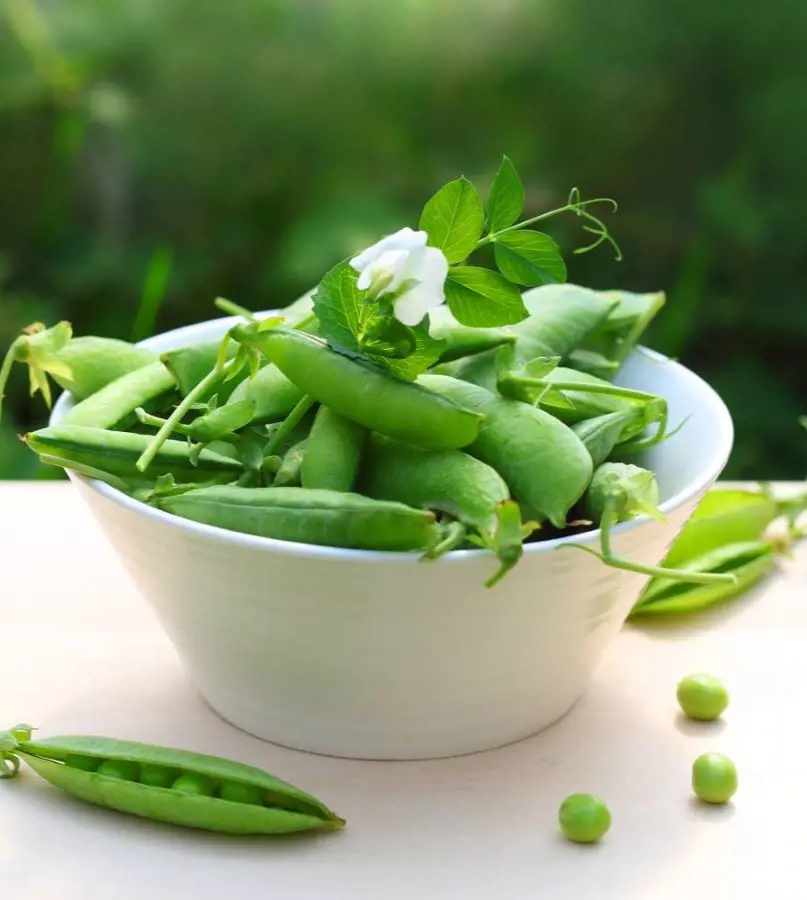
Once the plant has grown and the fruits are harvested, the last step would be to either cook delicious dishes or store, can, or freeze them for future consumption. Enjoying your fresh peas is the most important step in growing pea plants. After all, what's the point of putting all that effort into planting, caring for, and harvesting your peas if one doesn't get to savor the delicious reward?
Enjoying the freshly harvested peas is the finish line of your pea-growing journey. The best part is that freshly picked peas are bursting with flavor and nutrition. They're the perfect way to add a touch of sweetness and freshness to any meal.
Recent posts
How To Grow
How To Grow
How To Grow Garlic
A bulbous member of the onion family, garlic is prized for both its potent flavor and a variety of therapeutic applications. Due to its relative ease of cultivation, it is a favorite among home gardeners and a pioneer in kitchens worldwide. Garlic ma...
How To Grow
How To Plant and Grow Orchids
Orchids are one of the prettiest and most interesting flowers out there, with over 30,000 types and 200,000 hybrids. They are one of the biggest families of plants and can grow indoors or outdoors. However, growing and taking care of orchids is not e...
How To Grow
How To Plant, Grow And Harvest Corn All By Yourself
Growing your popcorn or sweet corn at home garden can seem like an interesting idea. However, it requires a large amount of space to grow as it is a tall plant that needs plenty of room to spread out. But, if you want to enjoy freshly popped po...
How To Grow
How To Plant, Grow And Care Cucumbers
Growing cucumbers is like going on a fun journey where you get to plant and pick your very own crunchy veggies. It's not just about having tasty cucumbers, it's also about the joy of seeing your plants grow. Whether you have a big garden or a small b...
How To Grow
How To Plant, Grow And Care Radishes In Your Garden
Growing radishes in your garden is a fantastic way to enjoy crisp and peppery veggies that you've nurtured from seed to plate. It's a straightforward process that anyone can try, even if you're new to gardening. In the following 12 steps, we'll guide...
How To Grow
How to Plant, Grow And Care For Spinach?
Growing leafy greens in your backyard garden is both healthy and fun. Spinach can be the best leafy green to start with as it is relatively easy to grow from scratch and can be harvested in about a month from planting. It thrives in spring or fall in...
